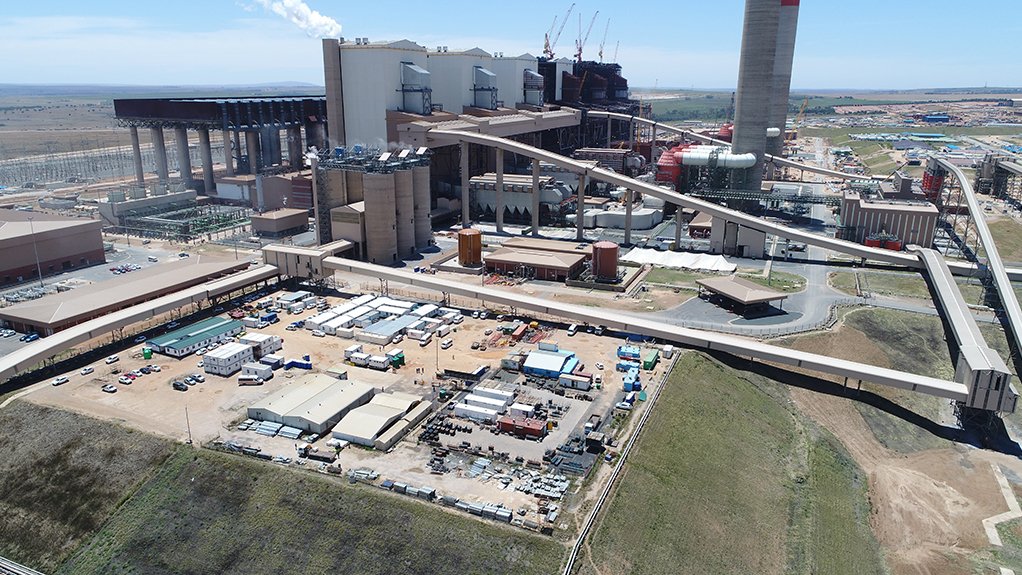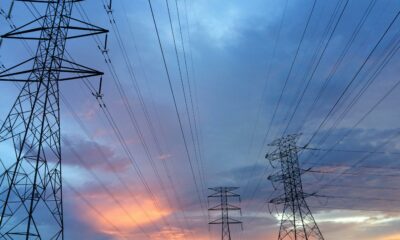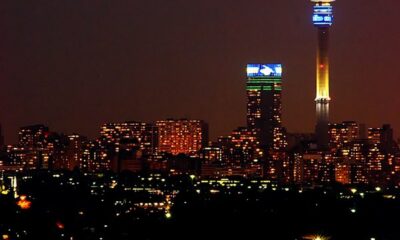Business
Eskom Pledges R15.6 Billion Toward Cleaning Up Its Act

With mounting pressure to clean up its mess, Eskom is finally putting serious money where its mouth is.
In a bold and overdue move, Eskom says it’s investing R15.6 billion over the next five years to reduce harmful emissions from its aging coal-fired power stations. For a company more often in the headlines for blackouts than breakthroughs, this is a rare glimmer of hope in a long, smoky tunnel.
But not everyone is celebrating just yet.
Why Now? Years of Pollution and Warnings
Eskom’s pollution problem isn’t new. For years, communities near power stations like Kendal, Matla, and Duvha have complained about poor air quality. Environmentalists have accused the utility of dragging its feet, and now, the data backs it up.
According to Eskom, 22GW of power capacity—nearly half of its coal fleet—could face shutdowns post-2030 due to sulphur dioxide (SO₂) non-compliance unless urgent action is taken.
To stay operational beyond 2030, Eskom admits it will need to cough up a staggering R257 billion in capital upgrades and another R6.3 billion annually just to keep pollution within legal limits. And yes, that could mean a 10% rise in electricity tariffs a bitter pill for South Africans already stretched thin by the cost of living.
Medupi and Kusile: Leading the Clean-Up Charge
So far, the utility has spent R3 billion on emissions control. Technologies like low-NOx burners already in place at Medupi, Kusile, and Camden are helping bring down nitrogen oxide (NOx) levels.
Eskom’s biggest environmental win? Flue Gas Desulphurisation (FGD) units installed at Kusile, aimed at tackling SO₂ emissions. There are now plans to retrofit the same tech at Medupi—South Africa’s largest coal-fired power plant.
Bheki Nxumalo, Eskom’s Group Executive for Generation, insists the company is getting serious.
“We’re committed to environmental compliance through continuous monitoring and transparent reporting,” he said.
A Political and Public Tightrope
Eskom’s green pivot comes after a sharp rebuke from Minister of Environment, Forestry and Fisheries Dion George, who earlier this year granted limited emissions exemptions to eight coal plants—under protest.
George has criticised Eskom for “consistently failing” to meet minimum emission standards, slamming their delays in embracing cleaner energy.
“The government cannot grant Eskom a blanket waiver to continue polluting without accountability,” George warned.
And many South Africans seem to agree. On social media, reactions were mixed—some hopeful, others cynical. One user wrote: “So we get load shedding, price hikes, AND smog? Great combo.”
Where Do We Go From Here?
Eskom’s emissions reduction plan may signal progress, but it’s also a balancing act between saving the environment and keeping the lights on. Without adequate investment, plant shutdowns could worsen the power crisis. But with steep costs and the risk of higher tariffs, the public may not be willing—or able—to foot the bill.
Still, for a company often accused of inaction, Eskom’s R15.6 billion pledge is a step toward a cleaner, more responsible future.
Whether it’s enough to rebuild public trust or rescue Eskom from regulatory disaster remains to be seen. But after years of smoke, maybe now we’ll start seeing some real signals of change.
{Source: IOL}
Follow Joburg ETC on Facebook, Twitter , TikTok and Instagram
For more News in Johannesburg, visit joburgetc.com



























